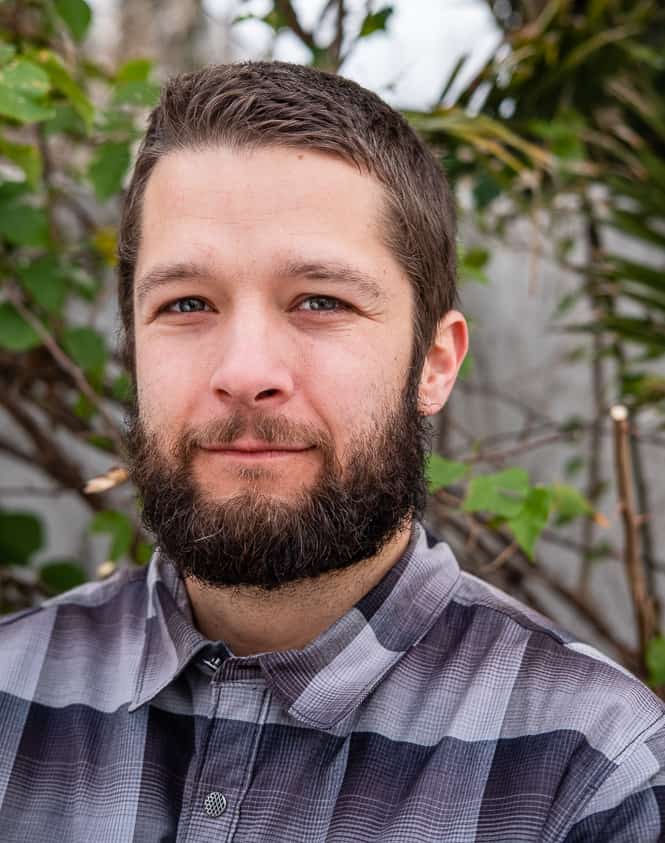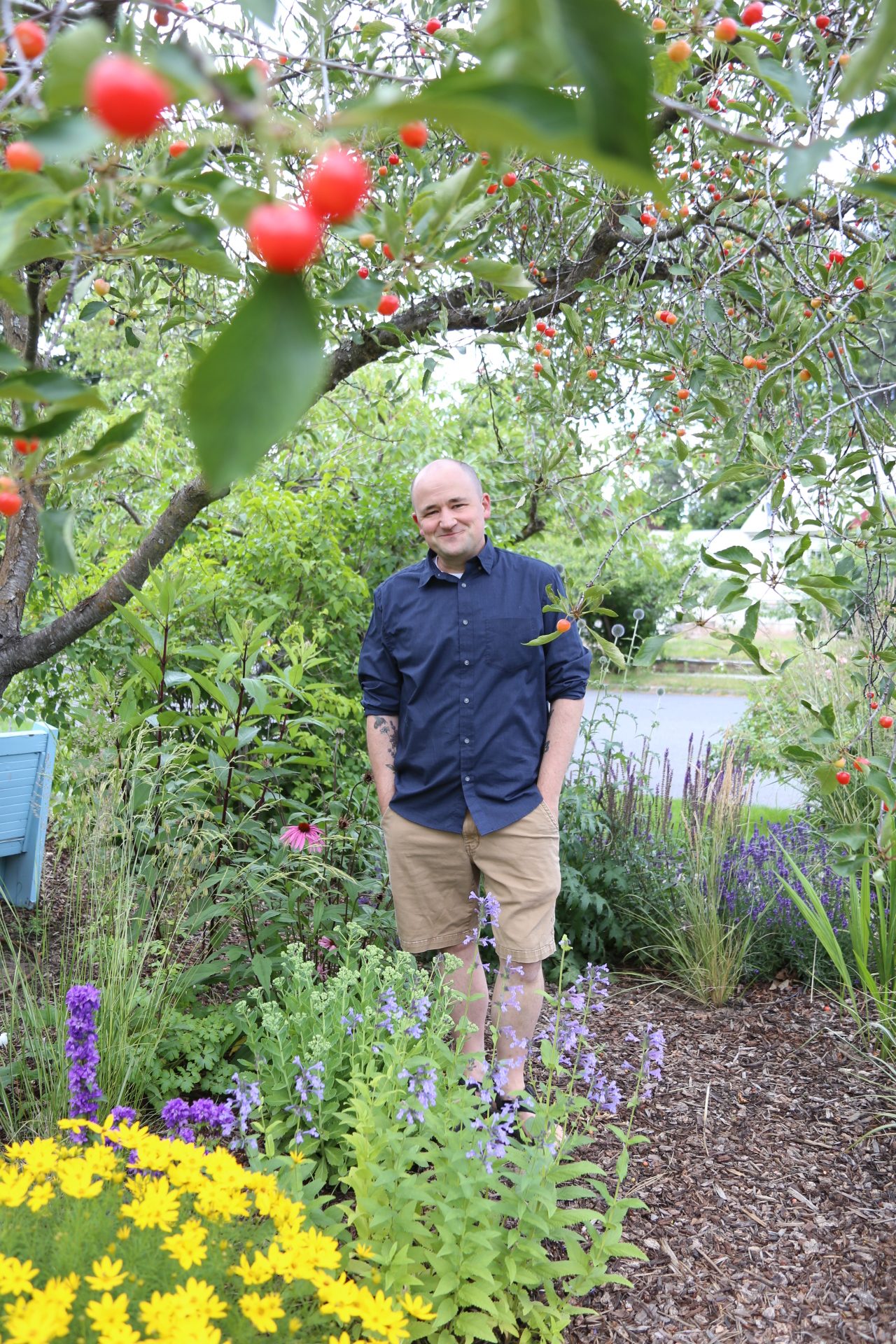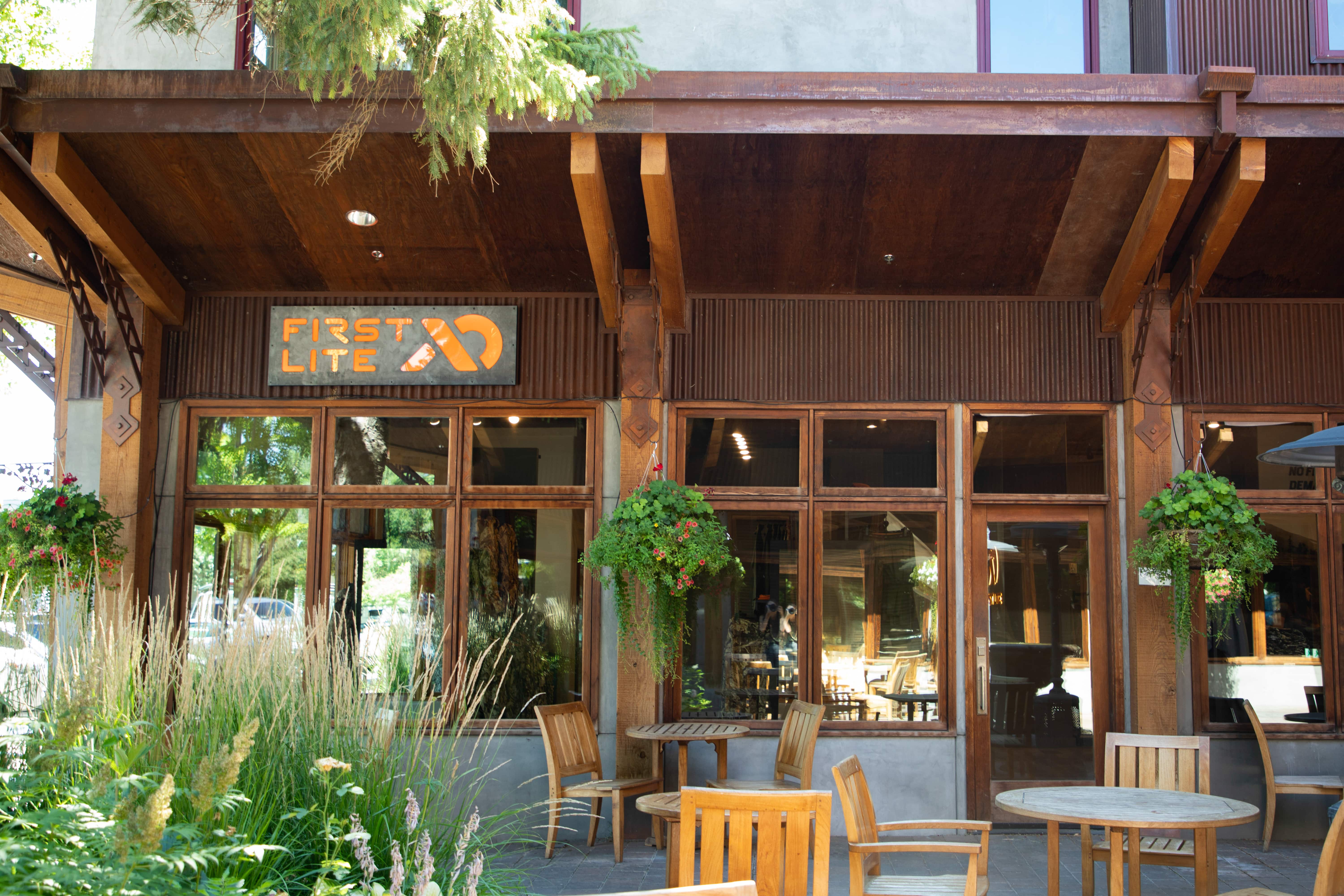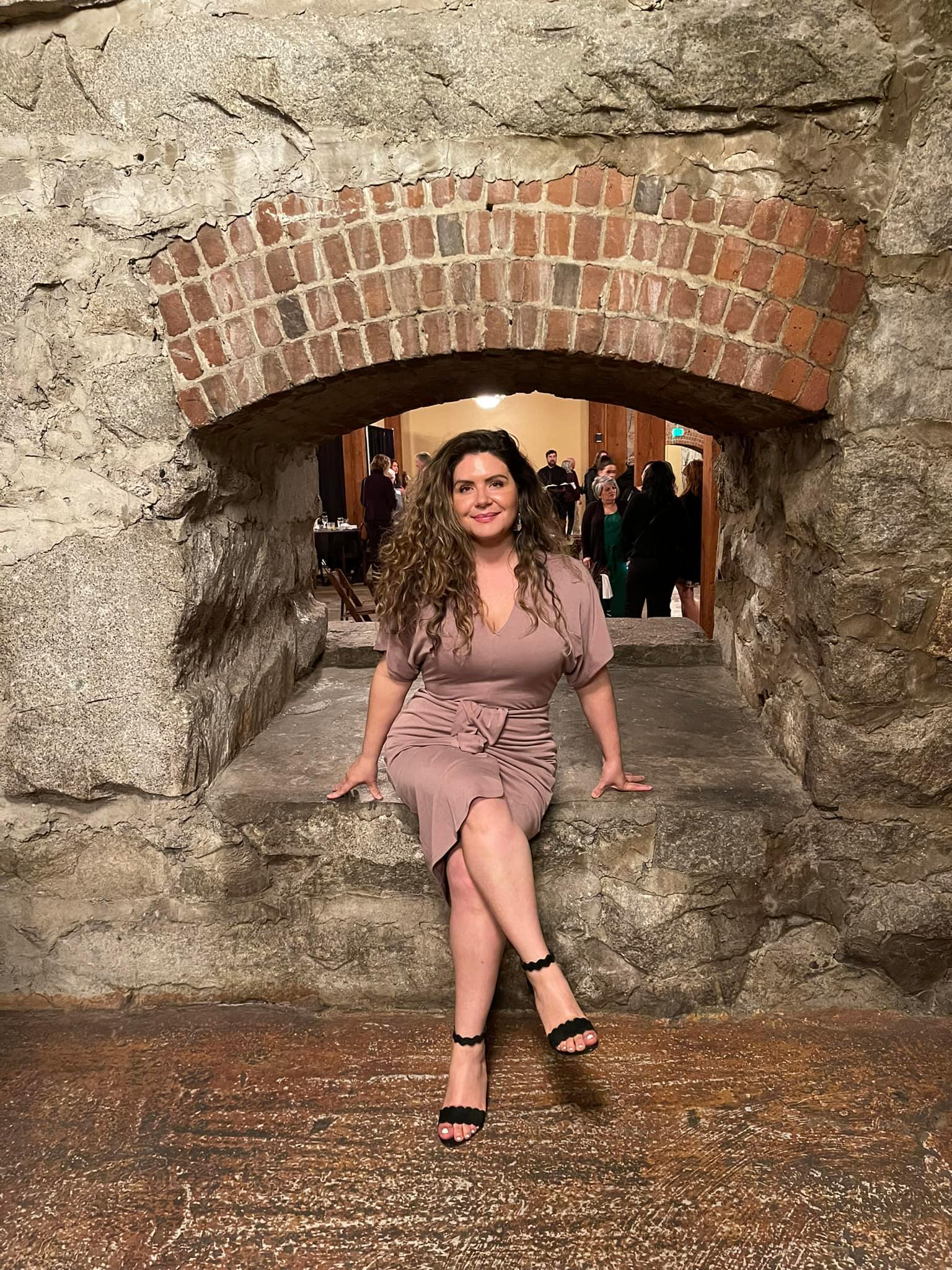Talking Camp Hope, housing and more with Gov. Jay Inslee
By Carl Segerstrom, RANGE Media
This article was originally published in RANGE Media. Listen to the full interview here and follow their work covering the Inland Northwest by signing up for their free email newsletter.
On a brief trip to Spokane to visit Thrive International — the converted Quality Inn where Ukrainian refugees are being resettled — and the Podium sports complex, Gov. Jay Inslee visited the RANGE office in April for a half-hour interview. The interview, like much of our coverage, focused on key areas of concern for Spokane: homelessness, affordable housing and behavioral health.
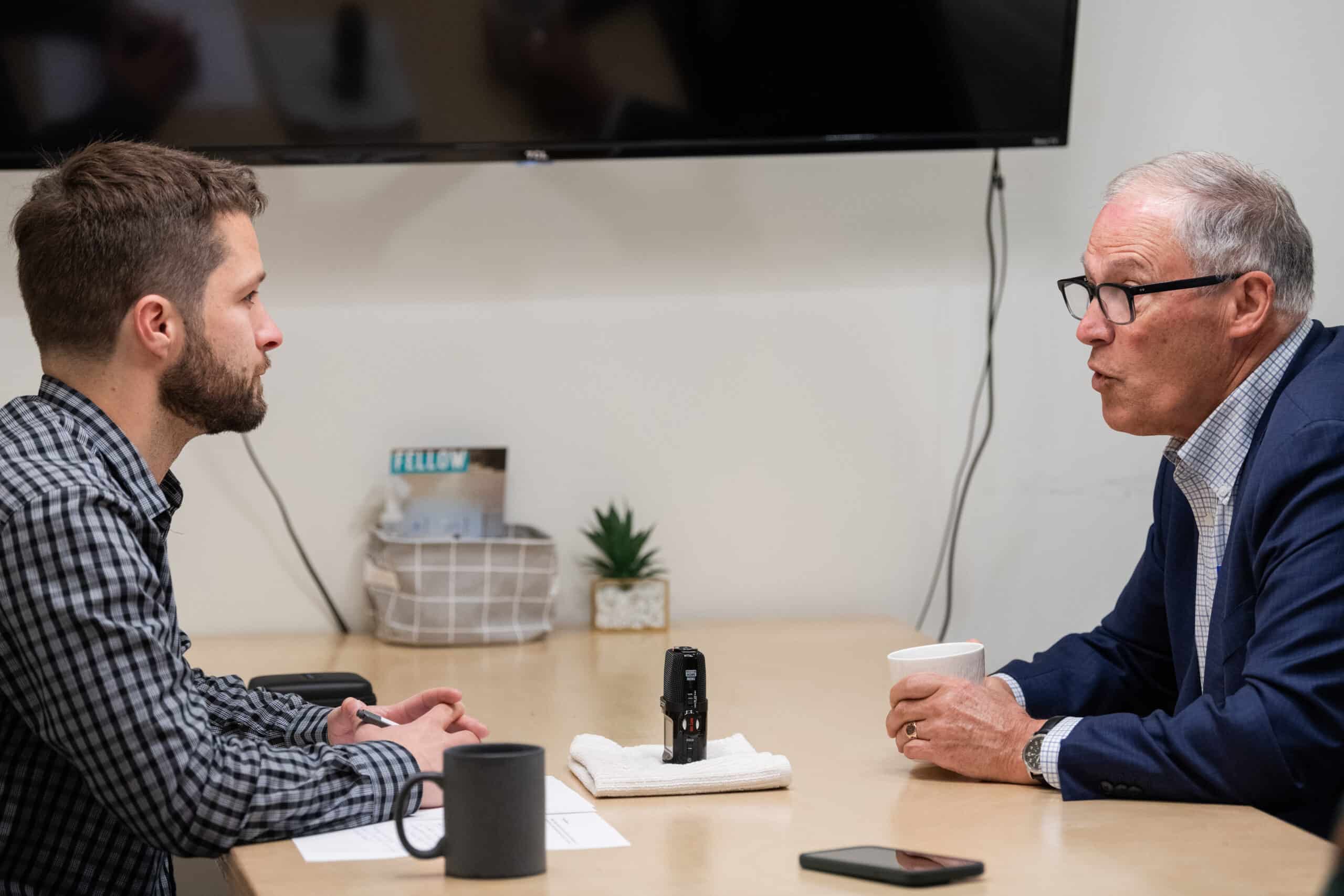
Gov. Inslee repeatedly called for increased investment in home building from the state legislature and even direct housing development by the state. In focusing on the need for more housing everywhere, Inslee dismissed the idea that the state owes a special debt to the East Central neighborhood where Camp Hope has disrupted residents and businesses for nearly a year and a half. In East Central, infrastructure development displaced residents of the historically Black and diverse community and will continue to as homes are demolished to make way for the North-South Freeway, an infrastructure project which Gov. Inslee said he supports.
The Governor also touted his connections to Eastern Washington, called for additional investments and initiatives to bolster the state’s behavioral health workforce, and called attention to conflict with neighboring Idaho over the state’s support of the women’s right to abortion.
The following interview has been edited for clarity and length. Listen to the full interview in our podcast.
RANGE: What prompted your trip to Spokane today?
Gov. Jay Inslee: Well, we’re doing a variety of things. We’re looking at a sports center, we’re talking to another media outlet and we’re going to see the Thrive project. We look for any excuse to come to Spokane.
RANGE: There’s been a lot of back and forth and kind of finger-pointing regarding Camp Hope between the city, the county and the state. How would you characterize your relationship with local leadership here in Spokane?
JI: We’re always looking for the positive. So, we think that there’s some good things happening. First off, no matter what has happened we’re heading in the right direction on Camp Hope. We’ve gone from 650 people down to about maybe 55 or so.
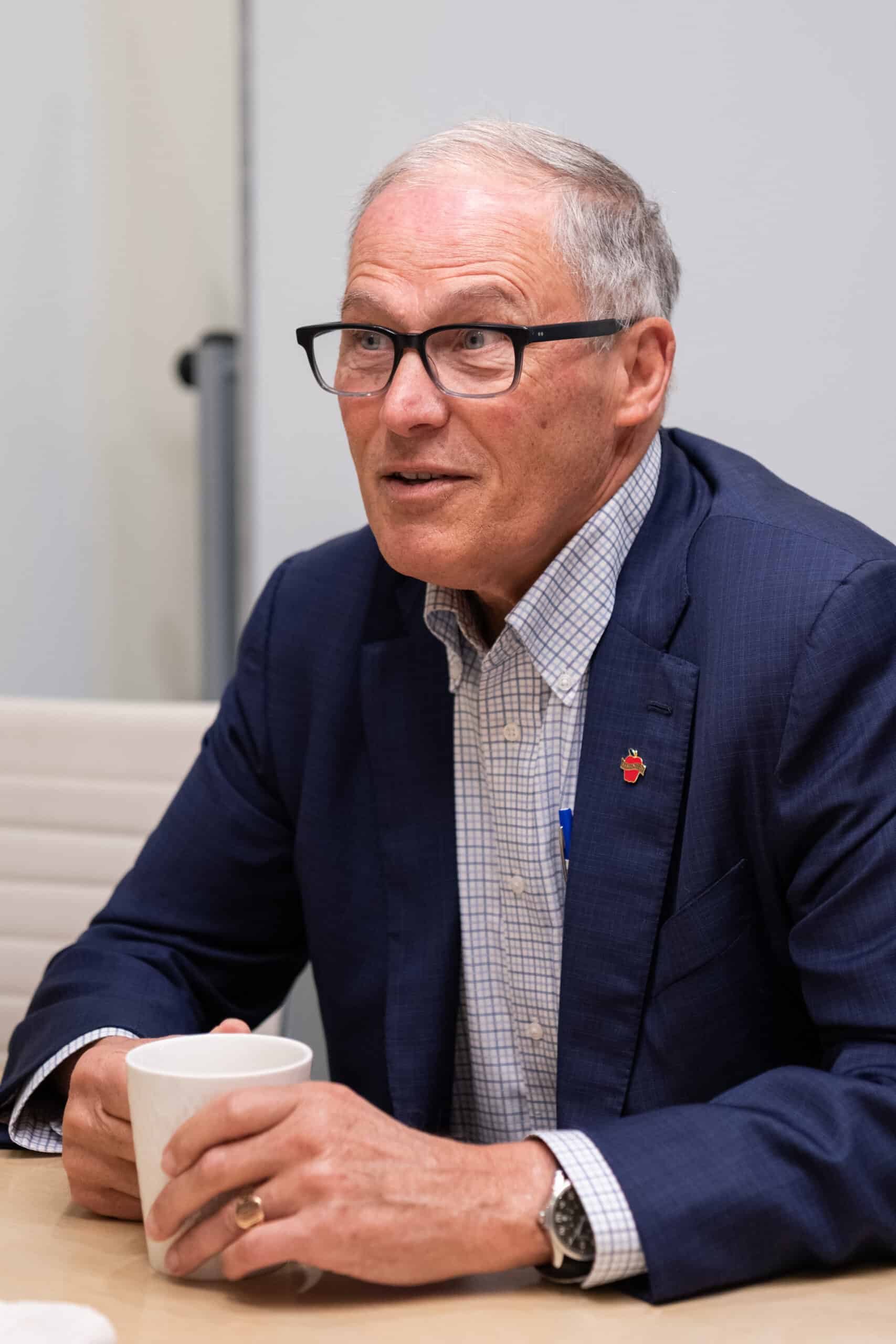
So regardless of this sturm und drang that Ozzie caused and all those problems, we’re making real progress and I’d like to focus on that. I was really excited about the training program, you saw like 20 people got their certificates to be on the road to getting a new career [Editor’s note: 10 of the 12 Camp Hope residents graduated from the Pre-Employment Preparation Program]. To me that’s such a positive thing to people to get their feet underneath them and, and really move forward.
We’ve had positive developments going into the Catalyst building to get sustainable housing for folks. I know that there’s been a lot of ink spilled, but the fact is we’re making progress and I think that’s what I want to focus on. I think the situation now is: we were pleased that the court ordered the city to provide police protection. We’ve been disappointed that the city has refused to provide police protection. That’s been a problem. It’s created additional risk. We’ve been very disappointed in the city in that regard.
But I prefer to focus on the positive. Now that we’re talking to the city it’s frequent discussions to talk about how to move the remaining small number of people who are still there.
It has been our goal to get people into sustainable housing and close the camp as soon as we possibly can. And, I think that’s the right position. So, anyway, talks are continuing, that’s good. We’ll keep it up and we’ll try to focus on the positive.
RANGE: In focusing on the positive. Do you think that so far, with the almost $25 million investment, that the right-of-way project here in Spokane has been a success?
JI: Well, you never declare it a success till the buzzer has gone off at the end of the game. We’re in the process, but we’ve made a lot of progress. When you go from 650 people living in very difficult conditions to 55 — that’s a lot of progress that has been made. A lot of these folks have significant challenges as well, so it’s not the easiest thing to do.
And we’ve been trying to achieve the goal of removing the camp, but also have a solution so they don’t just end up back on the street in somebody else’s neighborhood. We’ve always believed it really wasn’t a solution to move people out of Camp Hope and then into somebody’s park or on their corner. That’s not what we’re really after here.
So that would’ve been the facial “success,” but we don’t consider that success just moving people from one neighborhood to another — making your problem somebody else’s problem is not really a solution. So, I think we’ve had a lot of progress on that, getting people into housing rather than just getting them from one corner to another. The fact is if you don’t provide housing that they will accept, they just end up outside somewhere else. We’ve had considerable success with that strategy.
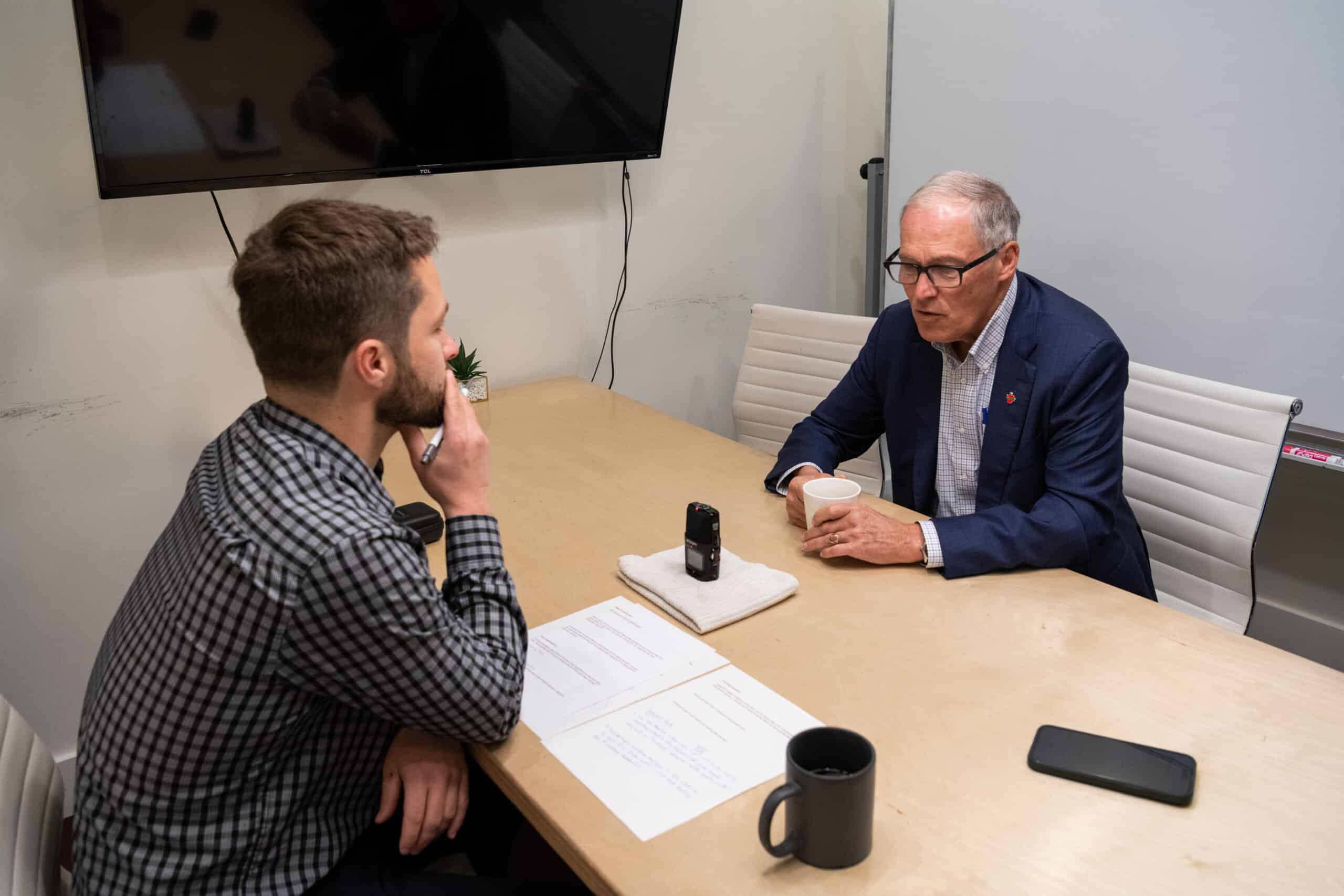
RANGE: Since the badging has gone in at the camp and the fences have gone up, more than half of the people who have left Camp Hope are unaccounted for. So, they’re not in housing. What do you see as the continuing role of the state in the local homelessness response here in Spokane?
JI: Well, the most important thing is — it doesn’t sound like rocket science — but it needs to be said over and over and over again: We’ve got to build housing. We simply do not have enough housing for people in the state of Washington.
We’ve had about a million people move in, but we’ve only built about 340,000 housing units in just over the last decade. So, the fundamental problem: we don’t have housing. We have to build housing.
And, we particularly have to do two things: One, we have to make more lots available for building and in the legislature this year I think we are gonna make progress on this to remove some of the unnecessary zoning restrictions that prevent us from actually building housing. Number two: We have to have a very substantial public investment to finance the housing that the private capital markets will not finance. And the fact is they will not finance housing for people in the bottom 20% of the economic pyramid.
It won’t happen unless the public makes these investments.
So, we’ve got to build housing, we’ve got to build all kinds of different housing: from tiny housing villages, to converted motels as fast as we can to permanent multi-story apartments, to single-family dwellings. We have to do soup to nuts.
We also have to do it not just for low-income folks, but for working people whose rents now make housing unaffordable to them. So, they have sliding scale buildings that help working people.
One of the things that I think folks have failed to realize is this is not just a homelessness crisis for those who are homeless today, it’s for those who could be homeless tomorrow — who are teachers and engineers and teachers in our early childhood education systems that can’t afford rent.
We have to build what we call the middle housing solution for them as well. These are working people, these are not the people with mental health, chemical addiction problems. So we have to build housing throughout that spectrum. That’s very, very important.
So, we are pushing it in a multi-pronged strategy.
There’s more in this interview! You can listen to it in full here.
Carl Segerstrom
Carl is a reporter-editor for RANGE Media and has been covering housing and homelessness in Spokane. He has closely covered Camp Hope and provided accountability reporting on the city’s homelessness response for nearly a year. Previously, he was an assistant editor at High Country News.

